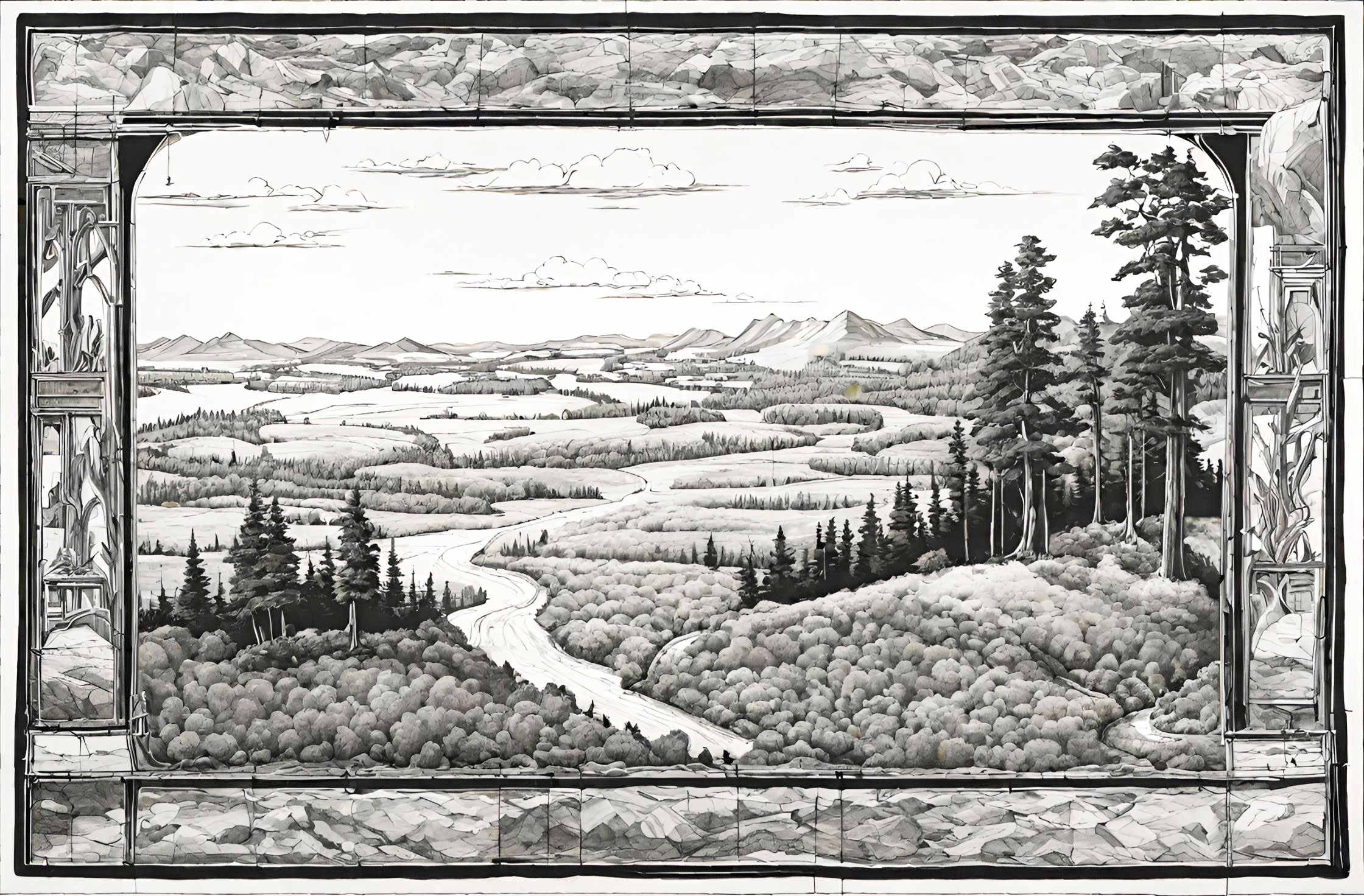Flashback to May 17
American History

On April 20, 1836, an important event took place in the history of the United States – the creation of the Territory of Wisconsin. This event marked a significant milestone in the expansion and development of the country, as it paved the way for the eventual statehood of Wisconsin. In this article, we will delve into the details of this historical event, its significance, and the impact it had on the region.
The Territory of Wisconsin was established by an act of the United States Congress, which divided the vast Northwest Territory into two separate territories – Michigan and Wisconsin. At the time, the area encompassed by the new territory included parts of present-day Minnesota, Iowa, Michigan, and Illinois, in addition to the entire region of modern-day Wisconsin.
The decision to create the Territory of Wisconsin was primarily driven by the need for effective governance and administration of the rapidly growing population in the region. The influx of settlers, primarily attracted by the thriving fur trade, necessitated the establishment of a formal governing body to enforce laws, maintain order, and foster economic growth.
In addition to addressing the immediate need for governance, the creation of the Territory of Wisconsin was also significant for its implications on the future statehood of Wisconsin. By designating it as a separate territory, Congress took an important step towards recognizing the unique identity and growing importance of the region within the United States.
One of the key figures involved in the establishment of the Territory of Wisconsin was Henry Dodge, who was appointed as the first governor. Dodge played a crucial role in shaping the early development of the territory, advocating for infrastructure improvements, land rights for settlers, and economic growth. His leadership set the foundation for the eventual statehood of Wisconsin.
The creation of the Territory of Wisconsin had far-reaching implications for the region. It spurred further settlement in the area and attracted more people seeking new opportunities and a better life. As settlers poured in, towns and cities started to emerge, along with booming industries such as timber, mining, and agriculture. The fur trade, which had been the initial attraction for many, gradually gave way to more diversified economic activities.
Over the years, the Territory of Wisconsin witnessed significant political and social transformations. The debate over slavery and the territory’s stance on the issue became a defining characteristic of its political landscape. The Wisconsin Territory set itself apart by being an active participant in the abolitionist movement. The state’s stance on slavery played a significant role in shaping the national debate and highlighting the deep divisions within the country.
The road to statehood was not without obstacles, as tensions emerged between different groups vying for influence and control. However, the unity and resilience displayed by the residents of the Territory of Wisconsin ultimately prevailed, leading to Wisconsin becoming the 30th state of the United States on May 29, 1848.
The creation of the Territory of Wisconsin laid the groundwork for the future success and prosperity of the state. Today, Wisconsin is known for its rich history, vibrant cities, scenic landscapes, and strong agricultural and manufacturing industries. The legacy of the territorial era can still be seen in the form of historic landmarks, museums, and a deep sense of pride in the state’s heritage.
We strive for accuracy. If you see something that doesn't look right, click here to contact us!
Sponsored Content

Supreme Court Delivers Landmark…
Unravel the landmark decision…

Indians fighter General Sherman…
On 5/17/1871, General Sherman,…

US performs nuclear test…
The US conducted a…

